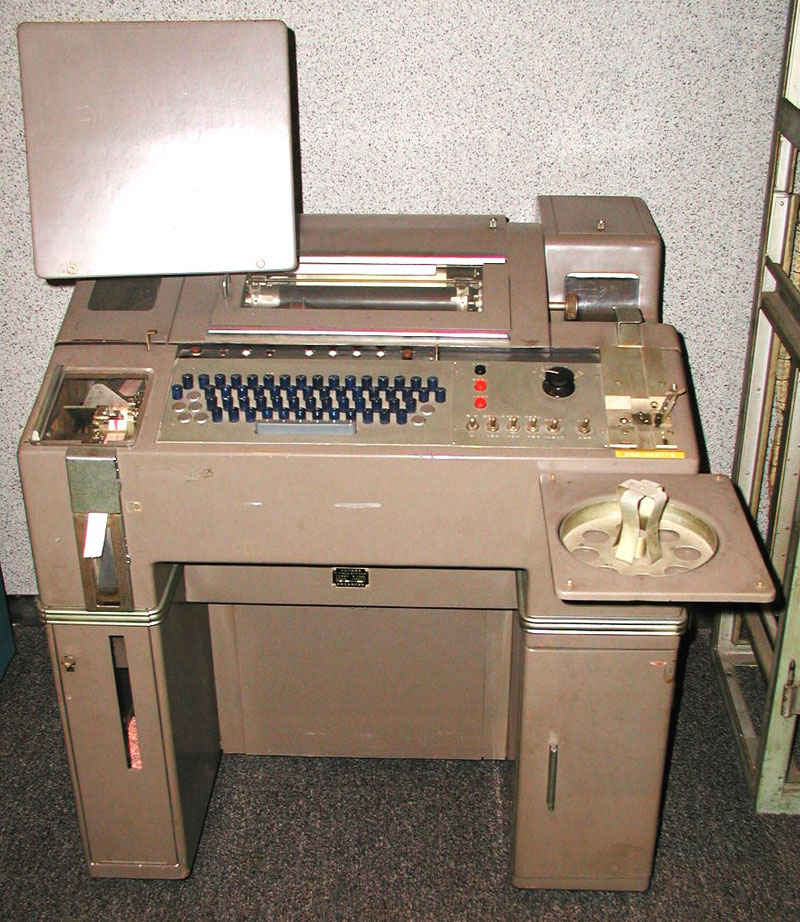


A stenographer is a person trained to type or write in shorthand methods, enabling them to write as quickly as people speak. Sign up for the Slate Book Review monthly newsletter. See all the pieces in this month’s Slate Book Review. Ellenor Handley, she who had once “felt very much a part of the process and grew with the book.” But the hands on the high-tech machine that processed them-a true literary first for English literature-belonged to Ms. The words of this groundbreaking technotext indisputably belong to its author, Len Deighton. Another is the role of Handley, the woman who actually operated the MTST as part of an intense collaborative system for producing, organizing, and revising the prose of the novel. The historical coincidence with Steinhilper is one. Yet just as Bomber broke new ground with its complicated portrayals of characters on both sides of the Channel, so too is the story behind the book one of more complex kinds of relationships.
WORD WRITER MACHINE SOFTWARE
The story behind Bomber is a kind of techno-thriller in its own right, a story about the emergence of a new kind of text, a technotext, mediated not by computer software but by a sophisticated electro-mechanical device for storing and manipulating written words. Published in 1977, it was titled simply Fighter. Meanwhile, less than a decade after finishing Bomber with the assistance of the machine that was the first working incarnation of the word processing concept, Deighton would author a classic nonfiction account of the Battle of Britain in which Steinhilper fought. Steinhilper himself authored several books about these events after his retirement from IBM, and these are still popular among military aviation buffs. “Sometimes,” opines one of his characters, “I think it’s just the machines of Germany fighting the machines of Britain.” When he wrote those words, Deighton could not have known that the German executive who originated the notion of Textverarbeitung had also flown Messerschmitts for the Luftwaffe in the early years of World War II, making ace before being shot down over Kent, captured, and shipped off to a prison camp in Ontario (from which he escaped, several times).
WORD WRITER MACHINE WINDOWS
(Today he favors Windows laptops.)īomber itself was a harbinger of what we would today call a techno-thriller.


Mortally afraid of losing text to power outages, Deighton had one of the first uninterrupted power supplies custom-made for the Olivetti word processor he moved on to next. Handley was also able to take advantage of a feature that allowed special magnetic marker codes to be recorded on the tape, thus enabling near-instant access to any passage so flagged this was crucial to ensuring consistency in the technical portions of the manuscript.ĭeighton’s biographer and longtime friend, Edward Milward-Oliver, points out that this early adoption of word processing was consistent with Deighton’s long-standing interest in technology. For a project such as Bomber, which involved continuous cross-referencing between the different narrative episodes, this was to prove a particular advantage. The operator could retain two different bodies of text at the ready “on-line,” and even blend them with one another in the course of producing finished pages-what we would today call a mail merge. Because he had opted for the most expensive of the four models, it had an additional tape storage reel (much like the dual floppy disk drives that would begin accompanying personal computers a decade or so later). In the States, the MTST retailed for $10,000 Deighton leased his as a hedge against its eventual obsolescence. What’s more, the printing process could be halted while in “playback” mode to allow for the insertion of additional text sentence spacing, line-lengths, even hyphenated words were all adjusted automatically as revisions were introduced. Unblemished hard copy could then be produced with the push of a button, at the rate of 150 wpm. There was no screen, but backspacing to correct an error on the page also resulted in the data being corrected on the tape. At the same instant a character was imprinted on the page from the Selectric’s typing mechanism, that keystroke was also recorded as data on a magnetic tape cartridge. Like many early technologies, the MTST began as a hybrid creation, a kind of mechanical centaur consisting of two separate devices fused to work in conjunction with one another.


 0 kommentar(er)
0 kommentar(er)
